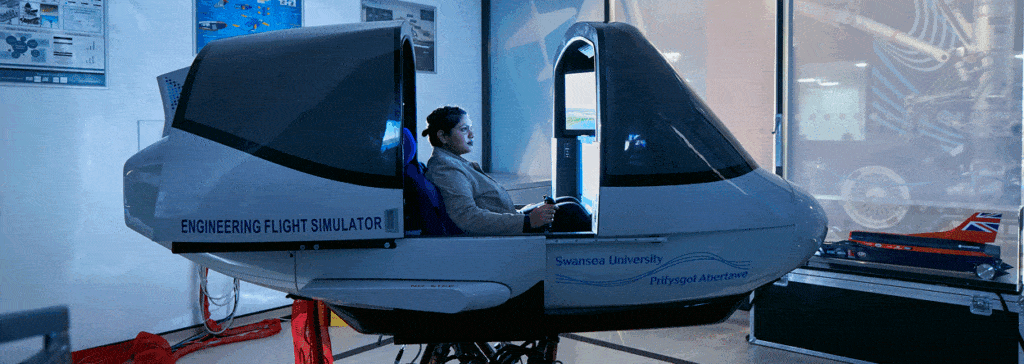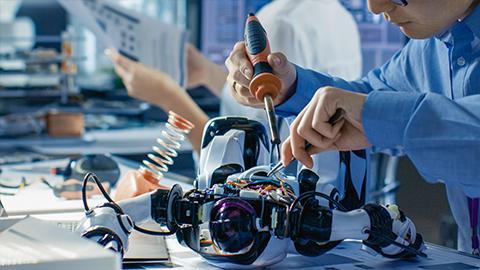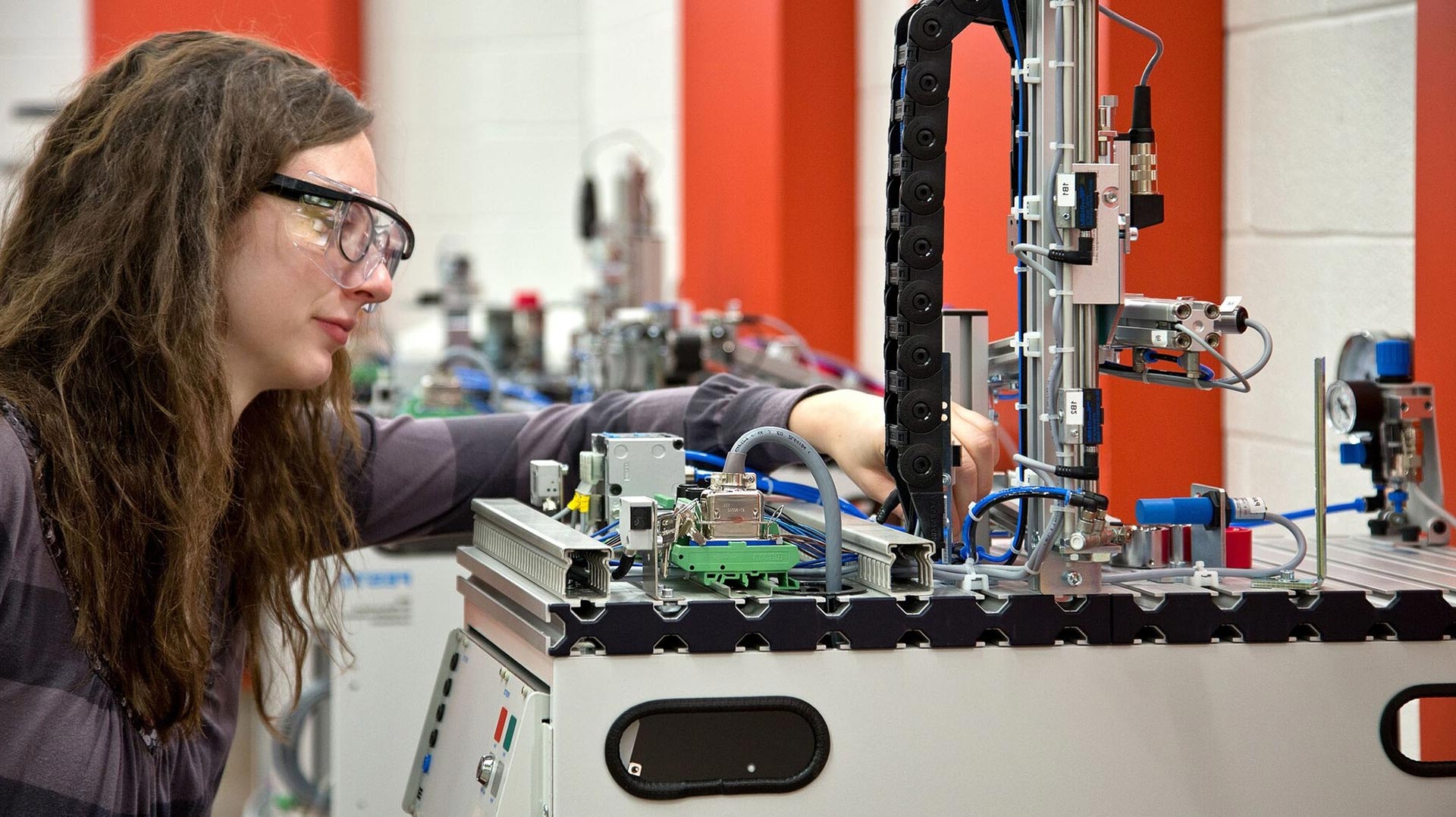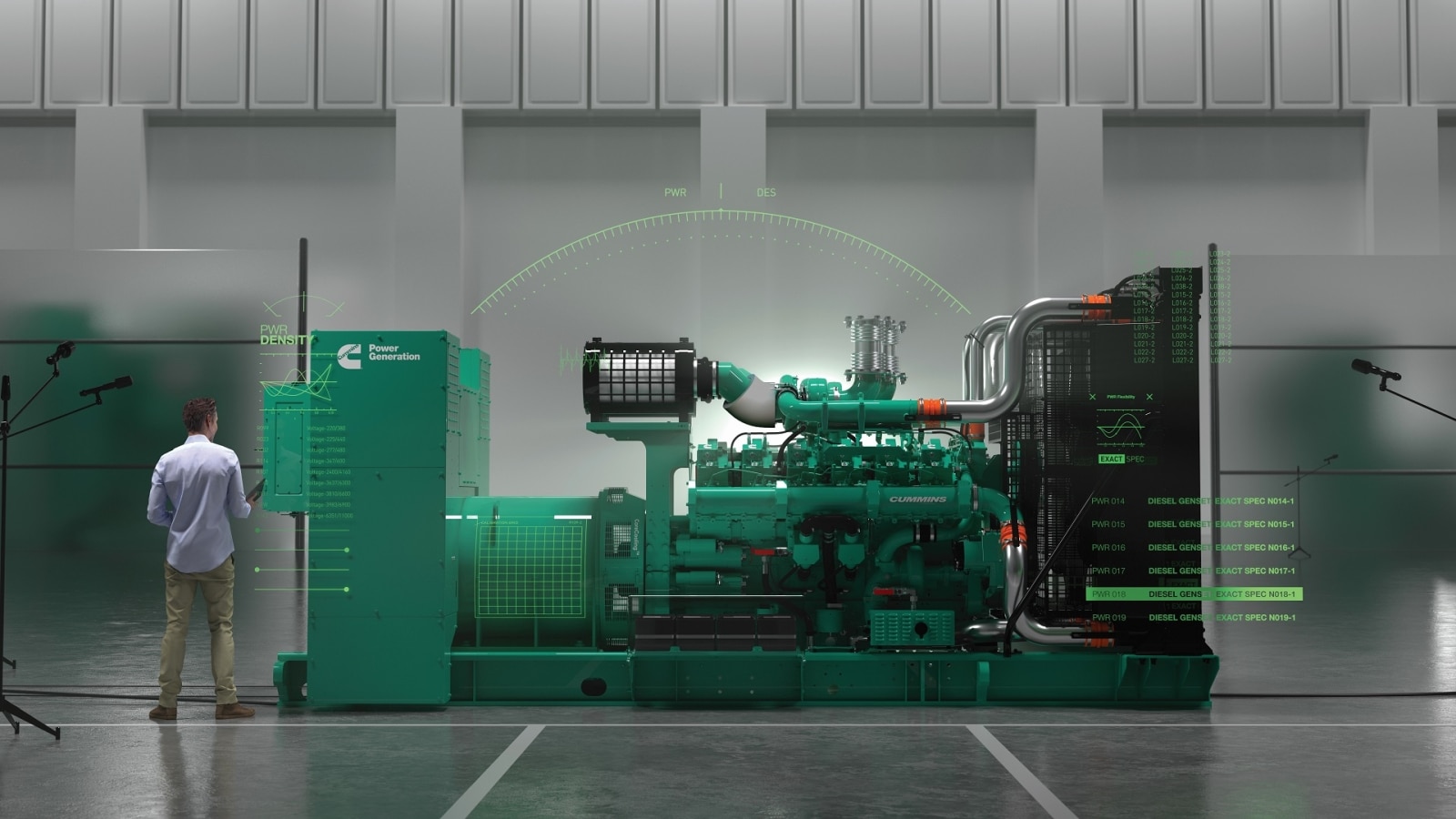Electromechanical engineering is a dynamic and evolving field that seamlessly blends the principles of mechanical and electrical engineering. This multidisciplinary approach leads to the design and development of innovative systems and devices that power our modern world. From the smartphones in our pockets to the automated systems in factories, electromechanical engineering plays a vital role in shaping how we live and work.
What is electromechanical engineering?

In essence, electromechanical engineering combines electrical and mechanical systems. This often involves integrating electrical components comprising sensors, actuators, and control circuits with mechanical parts such as gears, levers, and structural elements. This synergy allows for the realization of intelligent systems that can sense, react, and even adapt to their environment.
Consider a basic electric toothbrush. It combines a mechanical element- a motor- with an electrical powering and control system to provide an automatic brushing action. This simplistic example underlines the principle of the science of electromechanical engineering: taking electrical and mechanical systems and putting them together to enhance functionality and efficiency.
Applications of electromechanical engineering
The influence of electromechanical engineering spans a wide range of industries, driving innovation and progress across the board. Here are just a few examples:
- Robotics: Electromechanical engineers are essential in designing and building robots used in manufacturing, healthcare, and exploration. These robots often involve complex mechanical structures powered by electrical motors and controlled by sophisticated electronic systems.
- Automotive industry: Modern vehicles are increasingly reliant on electromechanical systems. From electric power steering and anti-lock braking systems (ABS) to advanced driver-assistance systems (ADAS), electromechanical components ensure safety and enhance performance.

- Aerospace: Electromechanical systems are deeply involved in aircraft and spacecraft for flight control, navigation, and even for the control of the environment. These systems must be super reliable and efficient for a mission to be safely and successfully accomplished.
- Renewable energy: Wind turbines and solar trackers are examples of renewable energy systems that require the development and optimization of an electromechanical engineer. These systems use electric generators and motors with mechanical units to effectively capture and convert energy.
- Building automation: Smart buildings utilize electromechanical systems for climate control, security, and energy management. Lighting, HVAC, and security cameras provide further intelligence and efficiency in buildings.
- Consumer electronics: Electromechanical engineering is embedded in consumer products, from smartphones and laptops to refrigerators and washing machines. These products use sensors, motors, and electronic controls, which advance their interaction and operating efficiency.
Why is electromechanical engineering important?
Electromechanical engineering is a critical driver of technological advancement. By combining the strengths of electrical and mechanical engineering, it enables the creation of sophisticated systems that are:
- More efficient: Electromechanical systems often replace older, less efficient technologies, leading to reduced energy consumption and lower operating costs.
- Automated and intelligent: These systems can automate tasks, improve precision, and adapt to changing conditions, increasing productivity and reducing human error.
- Compact and integrated: Electromechanical designs often result in smaller and more integrated devices, saving space and improving portability.
Zhili’s advantage

Zhili specializes in delivering one-stop powerhouse solutions, encompassing everything from power generation and distribution to fuel supply and maintenance. This integrated approach simplifies power management for businesses, allowing them to focus on their core operations while Zhili takes care of the energy infrastructure.
- Solutions tailored to your power needs: Zhili understands pretty well that every business has its own peculiar power needs; hence, they work hand in hand with the clients in the design and implementation of customized solutions for maximum efficiency and performance.
- Reliable power: The Zhili-high-performance diesel generators ensure your operations get uninterrupted power even against grid outages or fluctuations.
- Green energy transition: Under the banner of sustainability, Zhili provides environmentally friendly power systems that enable enterprises to reduce their carbon footprint and shift toward low-carbon practices.
Ready to power your business with reliable and sustainable solutions? Contact Zhili today for a consultation, and let’s discuss your energy needs.
Future glimpse
Electromechanical engineering is definitely going to play a major role in determining our future; with technology improving with each passing day, this can provide possible breakthroughs into emergent trends in the context of IoT, AI, and advanced manufacturing techniques.
For instance, integrating artificial intelligence into electromechanical systems would contribute to the development of really intelligent machines capable of learning and making decisions autonomously. In that case, manufacturing, health industries, and transport would completely change.
Also, electromechanical design will be further driven by a growing demand for sustainable energy solutions in the years to come because of the ambition of reducing environmental impact while assuring maximum performance and functionality.


